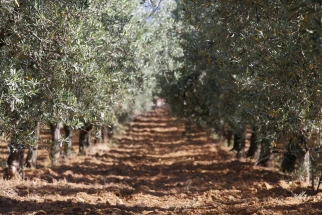
Strascinate al Pomodoro
The divine simplicity of Pasta al Pomodoro
In the whirlwind of weekday dinners, few dishes provide the same comforting embrace as pasta al pomodoro. It's the easy-to-make, pantry-friendly option that doesn't require a trip to the store. At its core, pasta al pomodoro is the embodiment of Italian comfort food, offering a quick escape to the familiar and the delicious. Tomatoes, with their comforting savory essence and umami taste derived from high levels of glutamic acid, form the heart of this culinary symphony.
Two schools
As we dive into the preparation of tomato sauce, we encounter two distinct schools of thought. In Northern Italy, the approach is gentle and unhurried, allowing the sauce to thicken slowly, coaxing out every nuance of flavor. Meanwhile, in Southern Italy, particularly Naples, the emphasis is on rapid cooking over high heat. This method quickly evaporates the water content without compromising the vibrant taste of fresh tomatoes.


Fresh or canned?
Ideally, the recipe calls for the ripest, freshest tomatoes available, capturing the essence of the season. However, the reality, especially in places like the Netherlands, often falls short. That's when the pantry comes to the rescue, stocked with high-quality tinned or jarred tomatoes. Take, for instance, Luigi's tomatoes, harvested at the peak of perfection. In the eternal debate of fresh versus canned, it's worth noting that properly conserved tomatoes, cultivated and picked with care, can rival—if not surpass—their fresh counterparts. For a harmonious balance, consider incorporating a mix of conserved and fresh tomatoes.
Say cheese
Pasta al Pomodoro is made from a straightforward list of ingredients. Here, I've chosen the unique Strascinate, a Puglian gem that adds an authentic touch to the dish. While all pasta shapes are acceptable, Strascinate transform this recipe into the ultimate comfort dish from Puglia.
Since the sauce is all about the tomatoes, opting for the best is essential. Traditionally, high-quality San Marzano tomatoes are the go-to choice, being the Rolls Royce under the tomato. They're the best, and everyone knows it.
Pasta al pomodoro doesn't exist without basil. For it to deliver its best flavor, it must be added as a whole sprig and be removed at the end.
Cheese preferences reflect regional diversity. Puritan Campania abstains while Sardinia favors Pecorino, Puglia showcases their regional Caciocavallo, and the north indulges in heaping amounts of Parmesan or Grana Padano. My personal preference is aged pecorino, but I suspect I might be biased towards southern flavors.
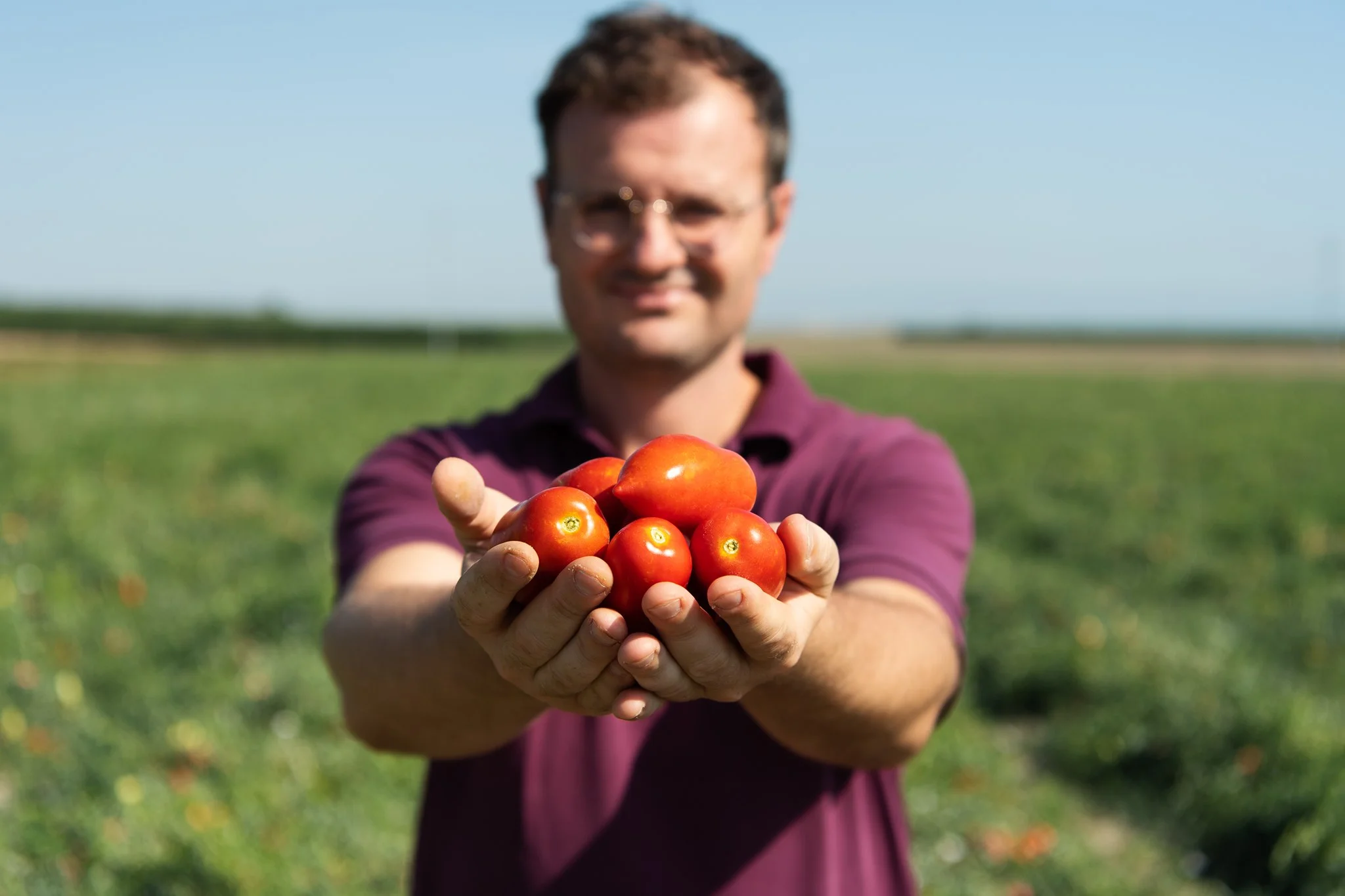
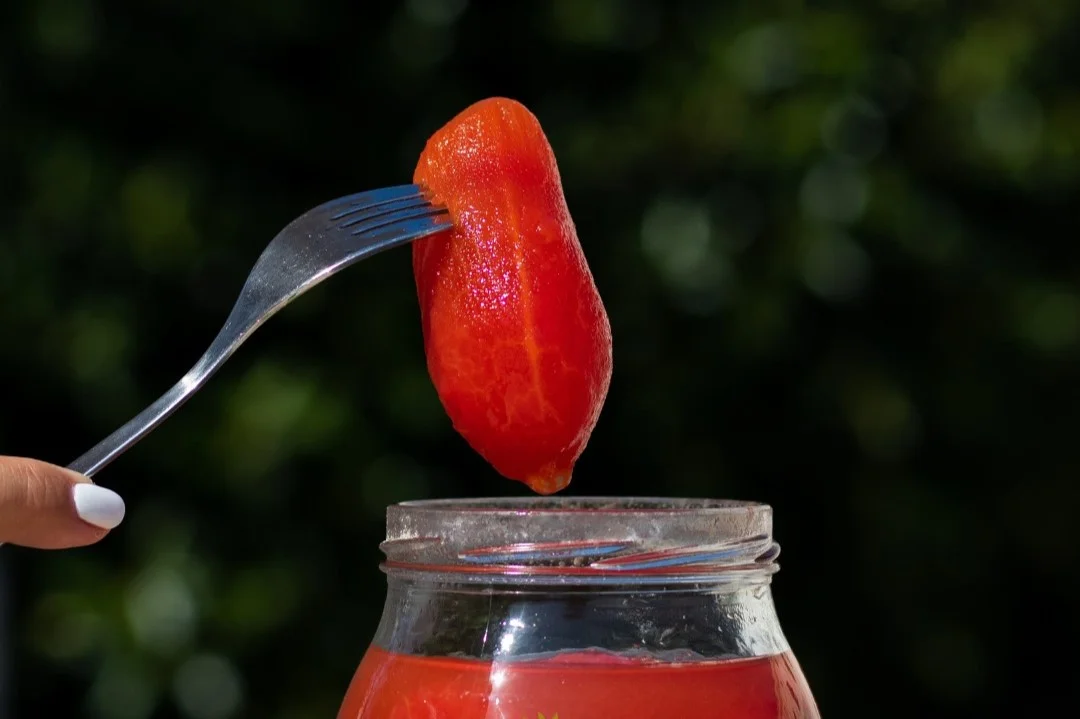
The ultimate Italian comfort food
For many Italians, pasta al pomodoro is a journey back to childhood, a reminder of their hard-working mothers and nonnas. Italians, often lovingly referred to as 'Mammone' or mamma's boys, find solace in this dish that transcends generations. It's the ultimate comfort food.
INGREDIENTS

Quantity for 2 people
200 g strascinate
400 g tomatoes (like Luigi's peeled tomatoes, but this dish can be made with any of Luigi's tomatoes. During the season one might opt for fresh tomatoes or a combination of both, see text above.)
2 tablespoons of extra-virgin olive oil (and some extra to drizzle in the end)
2 sprigs of basil and some extra leaves for garnishing
grated pecorino for topping off your dish
salt
freshly ground black pepper
optional: a teaspoon of sugar
METHOD
Chop the garlic. In a high-sided saucepan, heat the olive oil and softly fry the garlic on low heat for 2 to 3 minutes. You want the garlic to almost melt into the olive oil. Don't let it brown!
Drain and add the tomatoes to the pan. Bring to a simmer. Using a spatula or wooden spoon, crush the tomatoes into pieces so they will disintegrate into your sauce.
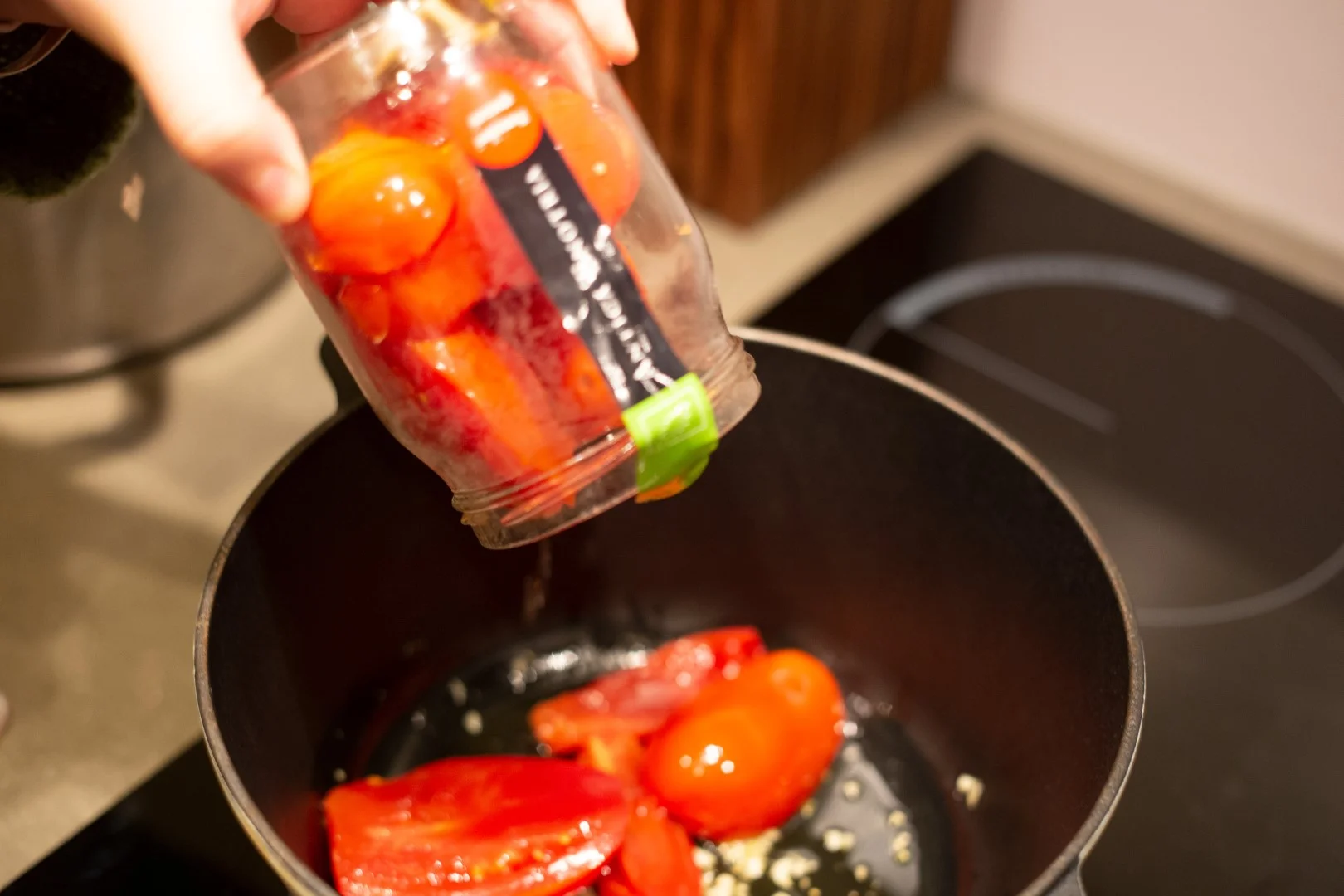
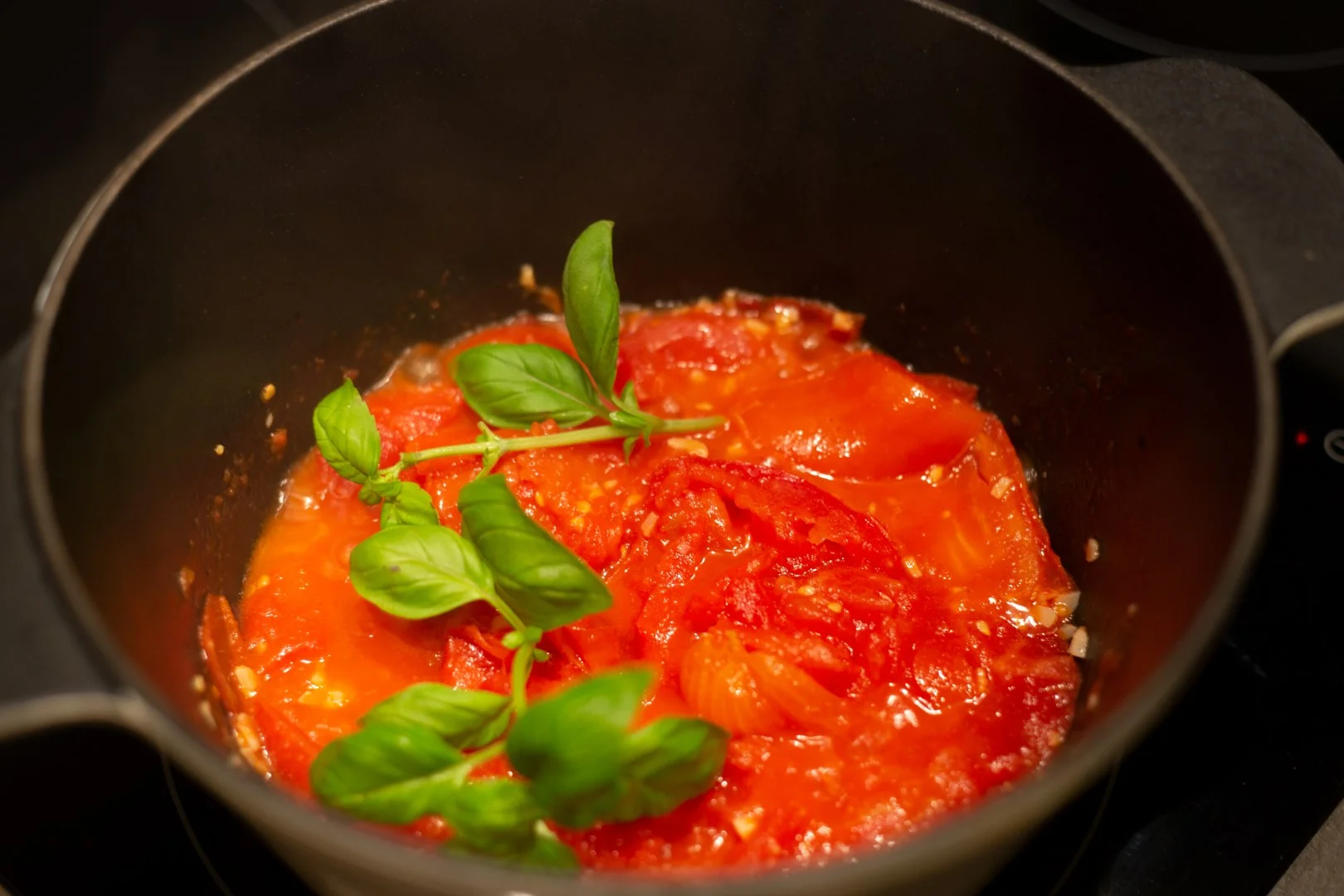
Meanwhile, cook the strascinate al dente in a large pot of salted boiling water. Don't be shy with the salt, the pasta needs to be properly seasoned.
When the tomatoes in the sauce-pan start to disintegrate, add two sprigs of basil to the sauce. Cook over high heat for 8 to 10 minutes or until the liquid has evaporated and a sauce has formed.
Remove the sprigs of basil. Taste and adjust for seasoning. Add a few cracks of freshly ground black pepper. If the sauce misses some depth, but is salty enough, a teaspoon of sugar can let the savoriness of the tomato shine.
Drain the pasta, reserving some of the pastawater. Add the strascinate to the sauce, stirring well to combine while cooking over medium heat. Add some of the pasta water when the pasta looks dry.
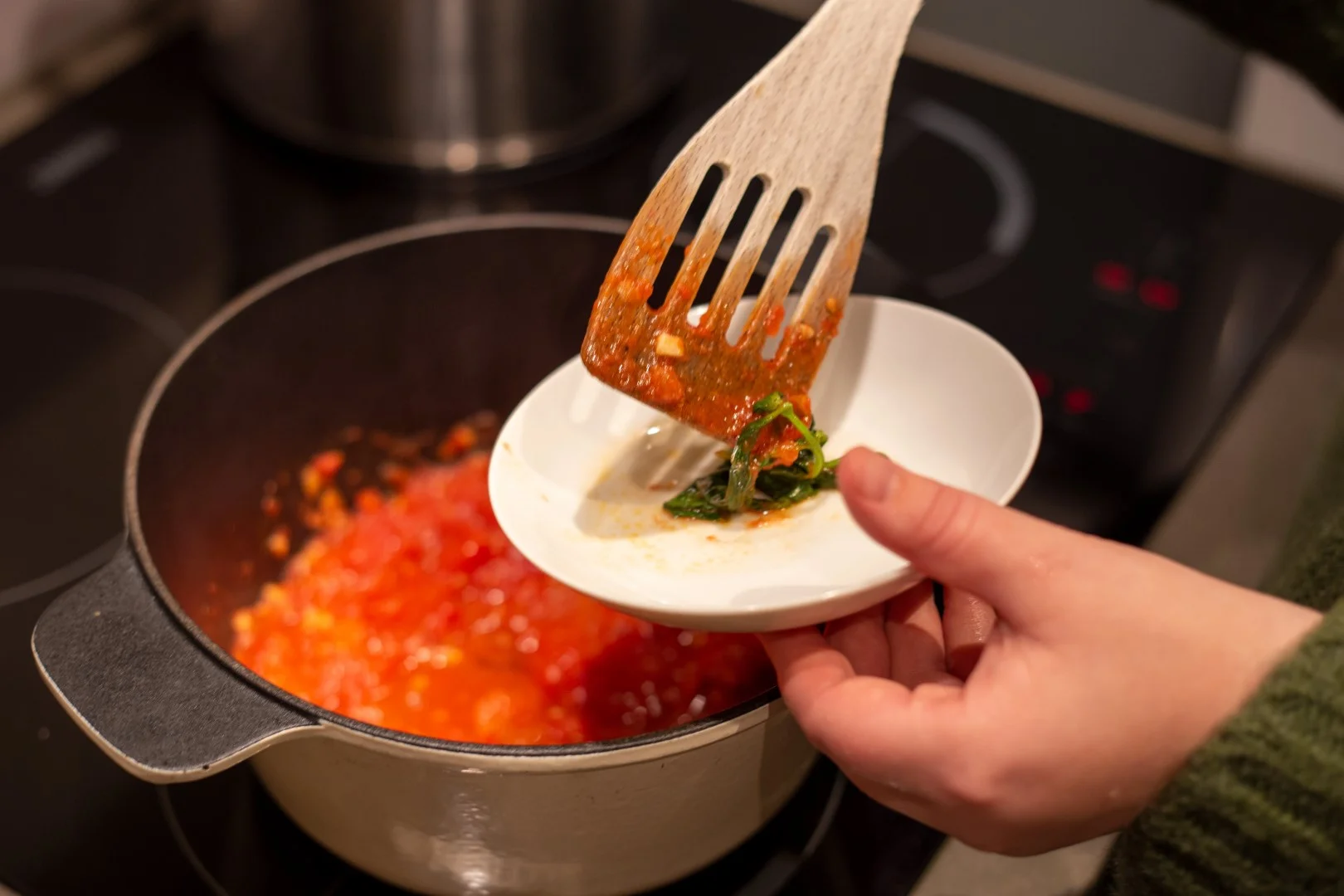
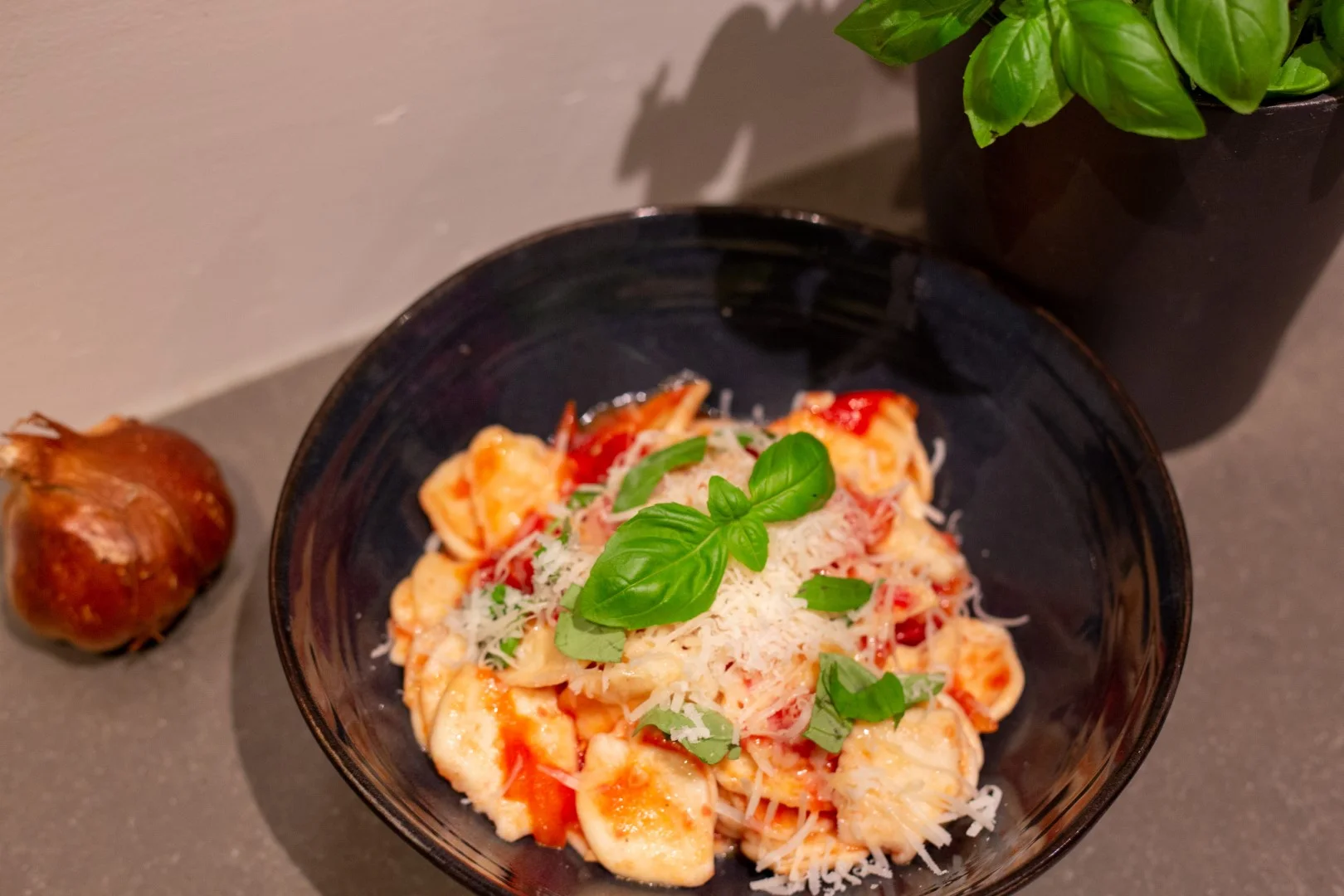
Serve with the pecorino on top. Garnish with some (hand!) torn basil leaves and a drizzle of extra-virgin olive oil.
Buon appetito!


.jpg?resolution=1024x340&type=webp&quality=90)
.png?resolution=322x0&quality=90&type=webp&background=FFFFFFFF&force_jpg_crop=1)
.jpg?resolution=322x0&quality=90&type=webp&background=FFFFFFFF&force_jpg_crop=1)
